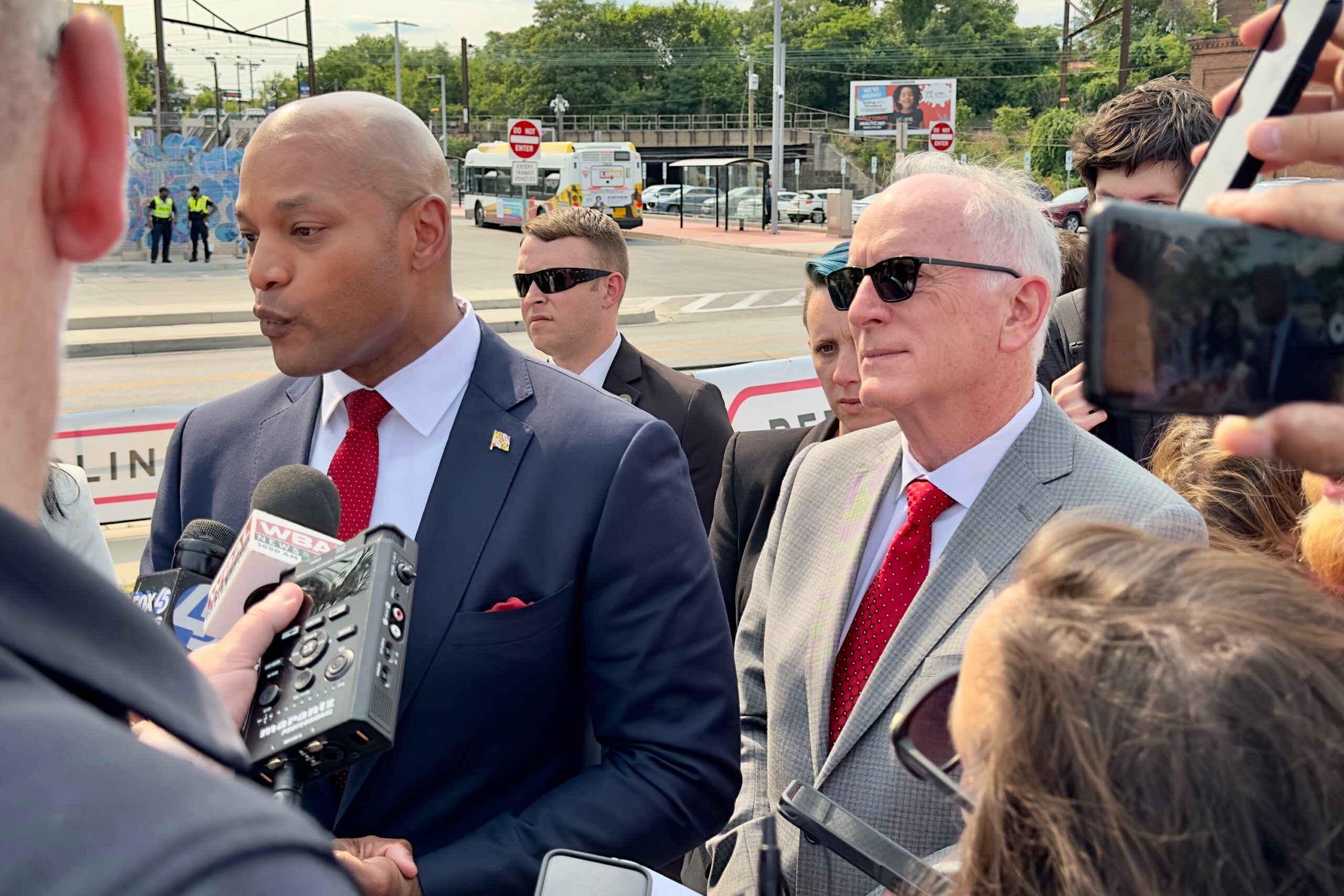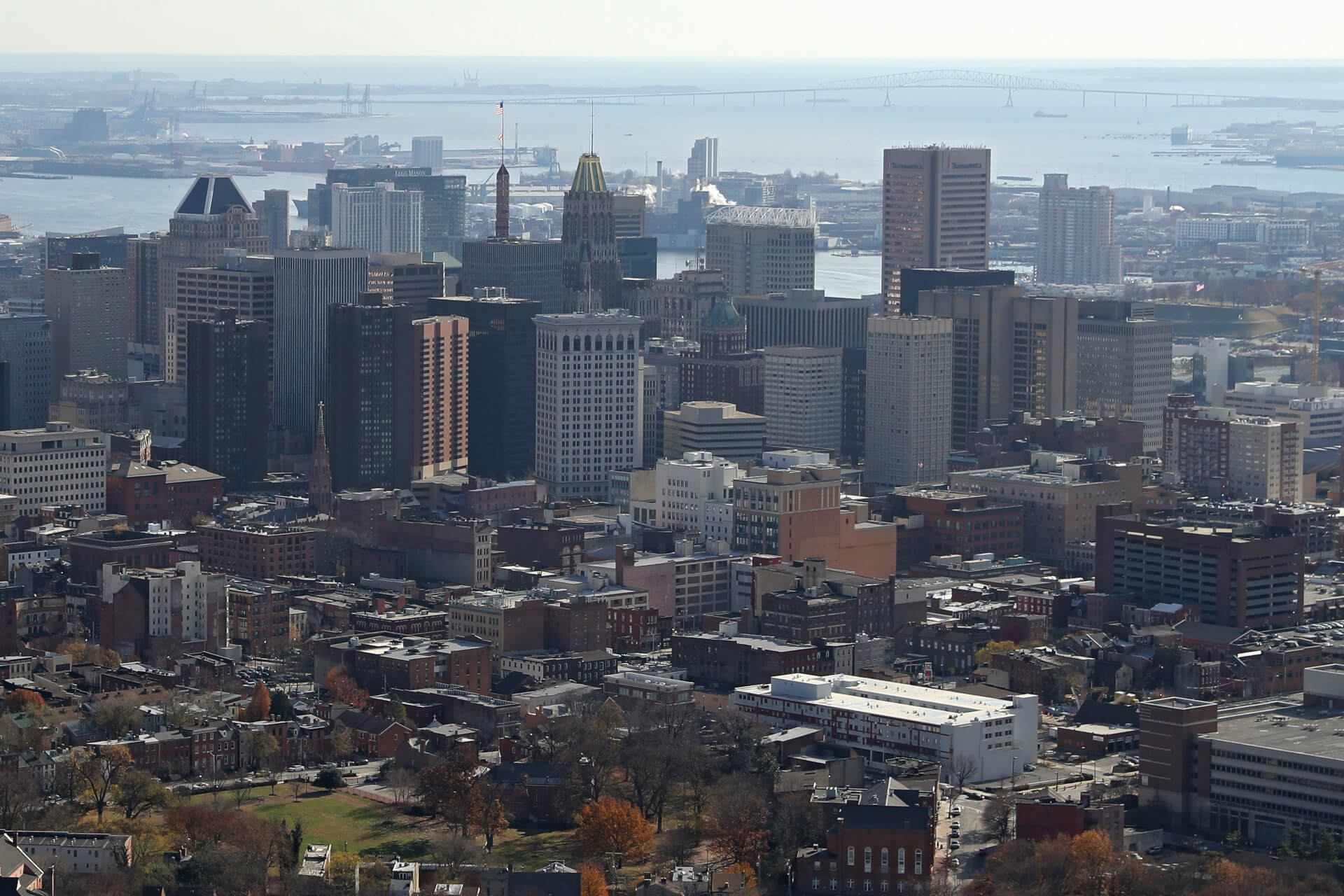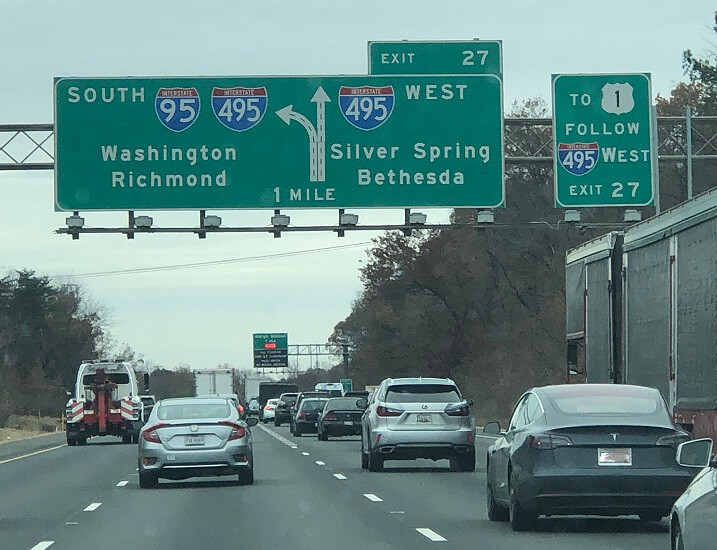
By Samuel Jordan
The writer is president of the Baltimore Transit Equity Coalition.
On Jan. 29 of this year, the Baltimore Transit Equity Coalition (BTEC) was invited to a meeting in the offices of the Greater Baltimore Committee, the state’s premier business association. Personnel from the Maryland Department of Transportation Maryland Transit Administration were also in attendance.
At the peak of an “energetic” exchange between BTEC and MDOT MTA staff, the author provided an example of structural racism in public transportation. If the Baltimore County executive, Johnny Olszewski, were to state that he wants a light rail spur from Bayview, the eastern terminus of the Red Line light rail transit line, to Sparrows Point to support and stimulate development along the corridor to the Port of Baltimore, the author declared, “There will be no one at MDOT MTA telling Johnny O that he should try a bus. Buses are for us, Black people in Baltimore City.”
The meeting’s attendees fell silent.
In addition, the author noted that the “go-to” solution for transportation issues involving significant numbers of Black people is, “Throw a bus at it and don’t spend a penny more.” Johnny O and many other regional leaders seeking to accelerate economic growth find the mantra in the transportation industry verifiable, i.e., “Development follows rail. Buses follow development.” The development pattern in the Washington, D.C., region since construction of the D.C. Metro confirms the mantra.
The exchange led to an unguarded glimpse into MDOT MTA. On the very next day, Jan. 30, our coalition received a memorandum from MDOT MTA demanding a $5 million commercial insurance policy as a prerequisite to issuing a permit for BTEC to conduct a press event on a parking lot at the West Baltimore MARC Station on Feb. 13. Our billboard at the station since late October would be a background promotion to build the Red Line project as 100% light rail.
Reinforcing the anti-democratic requirement for the $5 million insurance policy, MDOT MTA also demanded a summary of our coalition’s remarks intended for the press event. Over the years, BTEC has publicized potentially discriminatory policies in MDOT MTA’s budget cut proposals and allocations, core bus route management, on-time-performance, and highway widening expenditures.
In February, BTEC shared a memorandum with MDOT MTA from Maryland’s ACLU. In it, cases were cited from around the country, including the U.S. Supreme Court, finding the insurance policy demand “unconstitutional and unlawful.”
To date, MDOT MTA has not acknowledged the unlawfulness of the insurance policy requirement and the anti-democratic demand for a prior summary of our remarks during a free speech exercise.
More Trouble Ahead
MDOT MTA and the Baltimore City DOT are supervising the formation of a new initiative, West Baltimore United (WBU), and asked for community residents and activists to apply for WBU stakeholder status. With 19 years advocating and organizing community economic development support as a member of the Midtown-Edmondson Community Organization and nine years as BTEC president, the author and BTEC members were confident applicants for WBU stakeholder status.
We are also aware that there is no meaningful community economic development project even remotely associated with the BaltimoreLink, the city’s current transit system. MDOT MTA and Baltimore City DOT are transportation agencies and have no track records in community economic development. We were certain that a transit advocacy coalition insisting on the merger of transit policy, land use planning, and workforce development would be an asset to West Baltimore United.
With disappointment, we received a letter from MDOT MTA and the city informing us that we were not selected. Our inquiry for an explanation and a listing of the criteria for stakeholder status has not been honored by MDOT MTA and Baltimore City Department of Transportation.
Should we conclude that public agencies are targeting us to halt our mobilization of a racial justice movement against structural racism in public transportation?
Is anti-democratic targeting the face that MDOT MTA wants to present now when the region has awakened to BTEC’s advocacy for supplanting the MDOT MTA transit policy governance model with a Baltimore Regional Transportation Authority (BRTA)? MDOT MTA is making its own case for its replacement in favor of a participatory regional transit authority governance structure.
MDOT MTA has chafed at BTEC’s criticism of the agency’s less than expeditious steps being taken in the completion of the Red Line light rail in collaboration with the Federal Transit Administration (FTA). Yet 15 months into the administration of a new governor, MDOT MTA has not communicated to the FTA which mode, bus rapid transit or the Red Line light rail system will be installed along the Red Line corridor from Bayview in the east to Security Mall in the west.
The definitive modal choice was made in December of 2012 when the FTA awarded the Red Line light rail a Record of Decision, the signal to Maryland that a $900 million grant was available to begin the construction of the approved and fully funded Red Line as a light rail project. BTEC insists furthermore that nothing new has occurred since 2012 that now elevates BRT above light rail in its benefits and suitability to the Baltimore region as planned.
Nevertheless, MDOT MTA has followed its time-consuming Open House program, its pop ups, and surveys which confirm majority support in the region for light rail with another recently announced, time-consuming half step, a Community Advisory Team process. BTEC members and I have also applied for membership on the advisory team. Will MDOT MTA and Baltimore City continue to exclude BTEC Nation as advocates for meaningful transit and development progress?
The clock is ticking, and soon enough federal funds will not be available. Is that MDOT MTA’s plan?
We can only report on what appear to be the agency’s delaying tactics. Only greater transit inequality and economic harm can befall the Baltimore region if MDOT MTA continues to pursue the Hogan-era’s punitive reinforcement of the status quo. A BRT on the Red Line light rail corridor is a BaltimoreLink project — a step backwards.
You can help us build the Red Line and create a BRTA. The past has grown feeble. The future can’t wait.




 Creative Commons Attribution
Creative Commons Attribution